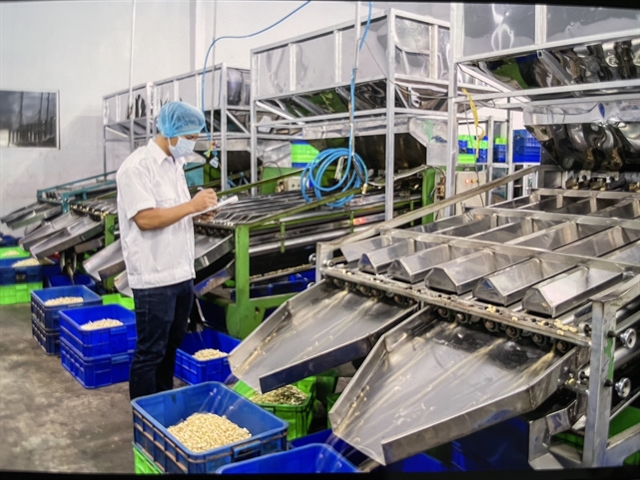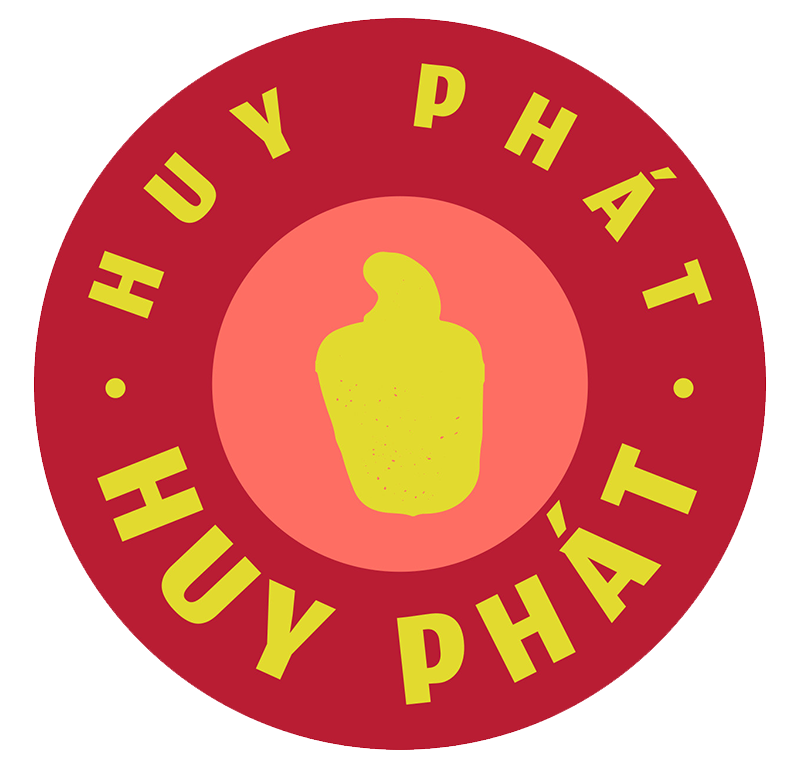
A report from the Ministry of Agriculture and Rural Development said that the total cashew planting area in the country reached an estimated 314,000ha in 2023, down 8,300ha compared to 2022. Of which, the area under cultivation was 300,000ha, producing over 345,000 tonnes of cashew nuts.
HÀ NỘI — Cashew firms hoped to receive more support from State management agencies to develop raw material areas in Cambodia and southern Laos, the Việt Nam Cashew Association (Vinacas) said.
Though Việt Nam was the fourth largest cashew producer in the world, the country’s cashew output only met about 12 per cent of the needs of processing enterprises, the association said, adding that the sector imported a record quantity of 2.9 million tonnes of raw cashew in 2023.
A report from the Ministry of Agriculture and Rural Development said that the total cashew planting area in the country reached an estimated 314,000ha in 2023, down 8,300ha compared to 2022. Of which, the area under cultivation was 300,000ha, producing over 345,000 tonnes of cashew nuts.
At the same time, businesses also suggested the Ministry of Agriculture and Rural Development continue researching and finding solutions for sustainable development of the sector with the top priority given to varieties, techniques, planning and production area expansion, associated with developing regional agricultural product brands, the association said.
For its part, Vinacas proposed ministries, branches and localities hold regular meetings with the association to promptly remove difficulties for cashew firms while creating the most favourable conditions for them, especially in accessing loan packages and minimising trade and investment barriers.
Meanwhile, the association also called for assistance from the Ministry of Industry and Trade in implementing national-level trade promotion programmes for products and industries, including the International Cashew Conference slated to be held at the end of February in Quảng Bình Province. That could help promote the brand of Việt Nam’s cashew industry domestically, regionally and internationally.
At the same time, the ministry should also support businesses in investing, upgrading and improving technology and equipment, upgrading processing facilities to meet international standards, Vinacas suggested.
Last year, Việt Nam exported over 644,000 tonnes of cashew nuts, earning US$3.64 billion, according to the General Department of Customs.
The figure represented a year-on-year rise of 24 per cent in volume and 18 per cent in value. The average export price was estimated at $5,657 per tonne, down 5 per cent compared to 2022.
Exports to major markets experienced high growth in 2023 compared to the previous year, including the United Arab Emirates being the highest (up 72.3 per cent); China (50 per cent); Saudi Arabia (46.3 per cent); and the UK (24.1 per cent).
In 2024, the cashew industry strives to produce 372,000 tonnes of cashew nuts and earn $3.7 billion from exports, according to Vinacas.
However, food quality and safety remained top requirements, as there were more barriers in policies and regulations on quality and food safety imposed on imported goods from overseas markets, said Vinacas Chairman Phạm Văn Công.
This required Vietnamese cashew businesses to strictly comply with regulations and procedures, well control the entire process of importing, preserving raw materials, processing, packaging, storing and exporting cashew nuts to minimise the return of goods, causing damage to businesses and the brand of the industry, he said. — VNS

